FADE-OUTS (2015)
——
2015 / video installation / BePart and Bruthaus, Waregem (BE) / metal, wood, canvas, video (8'39", colour, 16/9 ratio, stereo) / 4500 × 4000 × 4000 cm
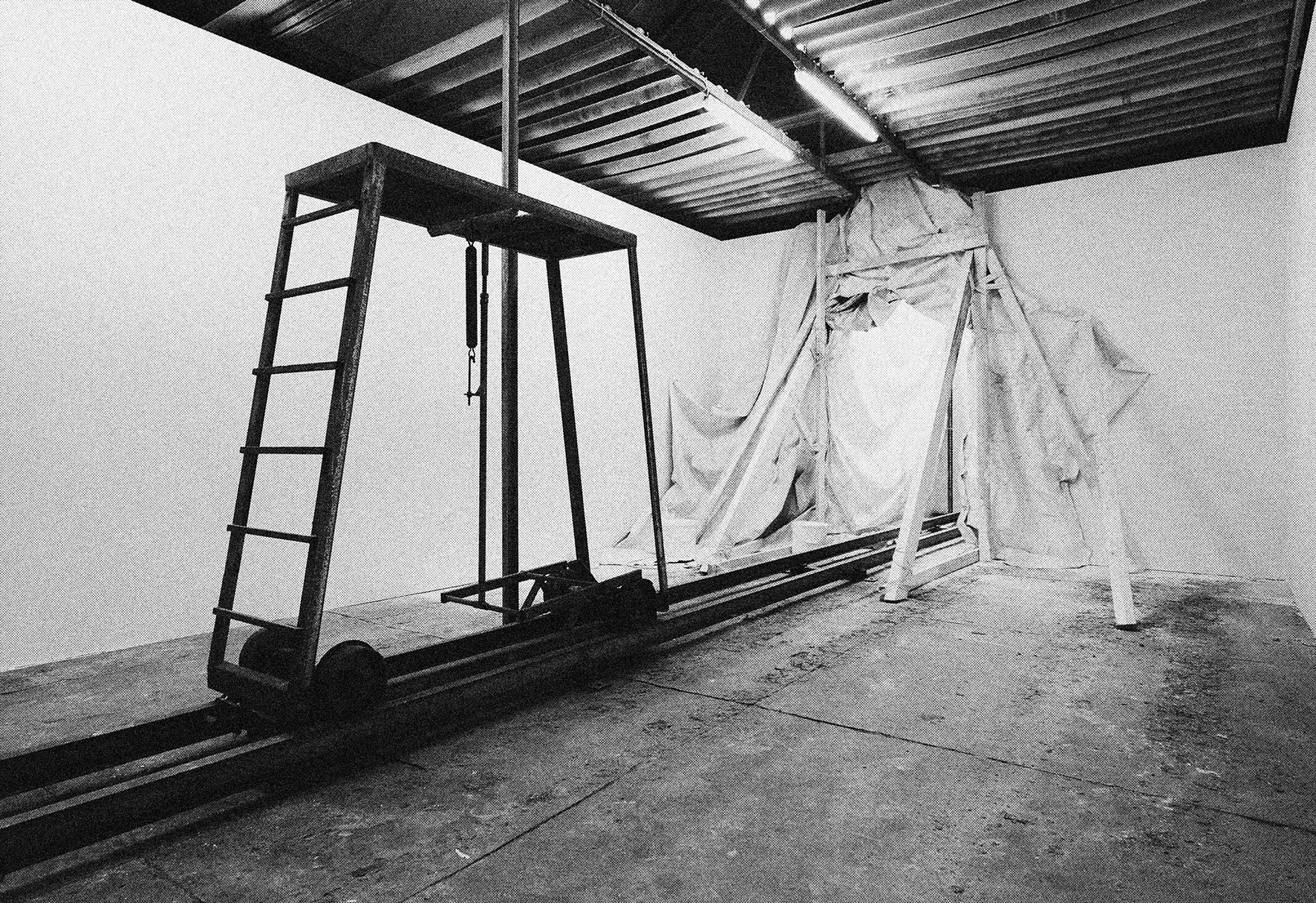
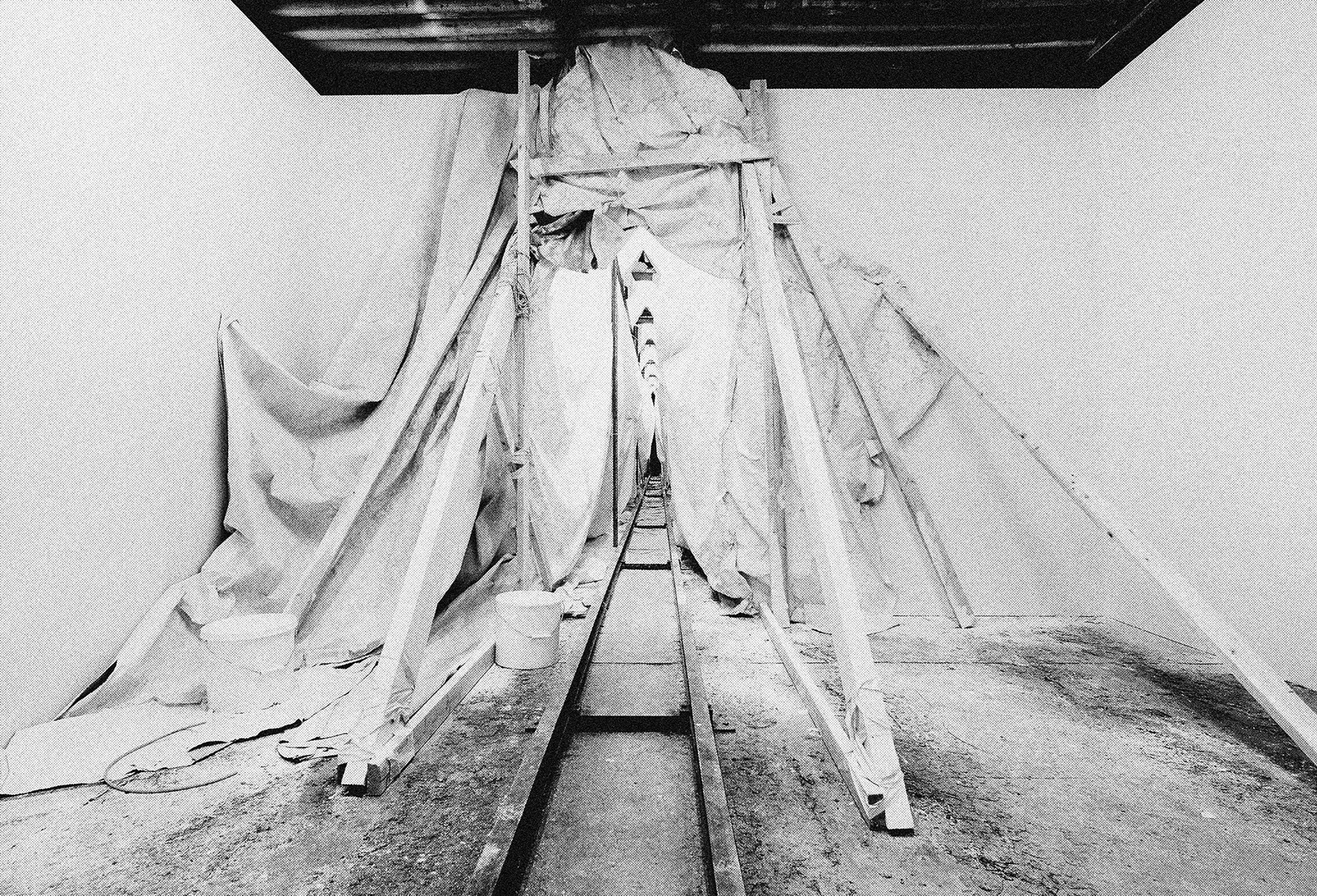
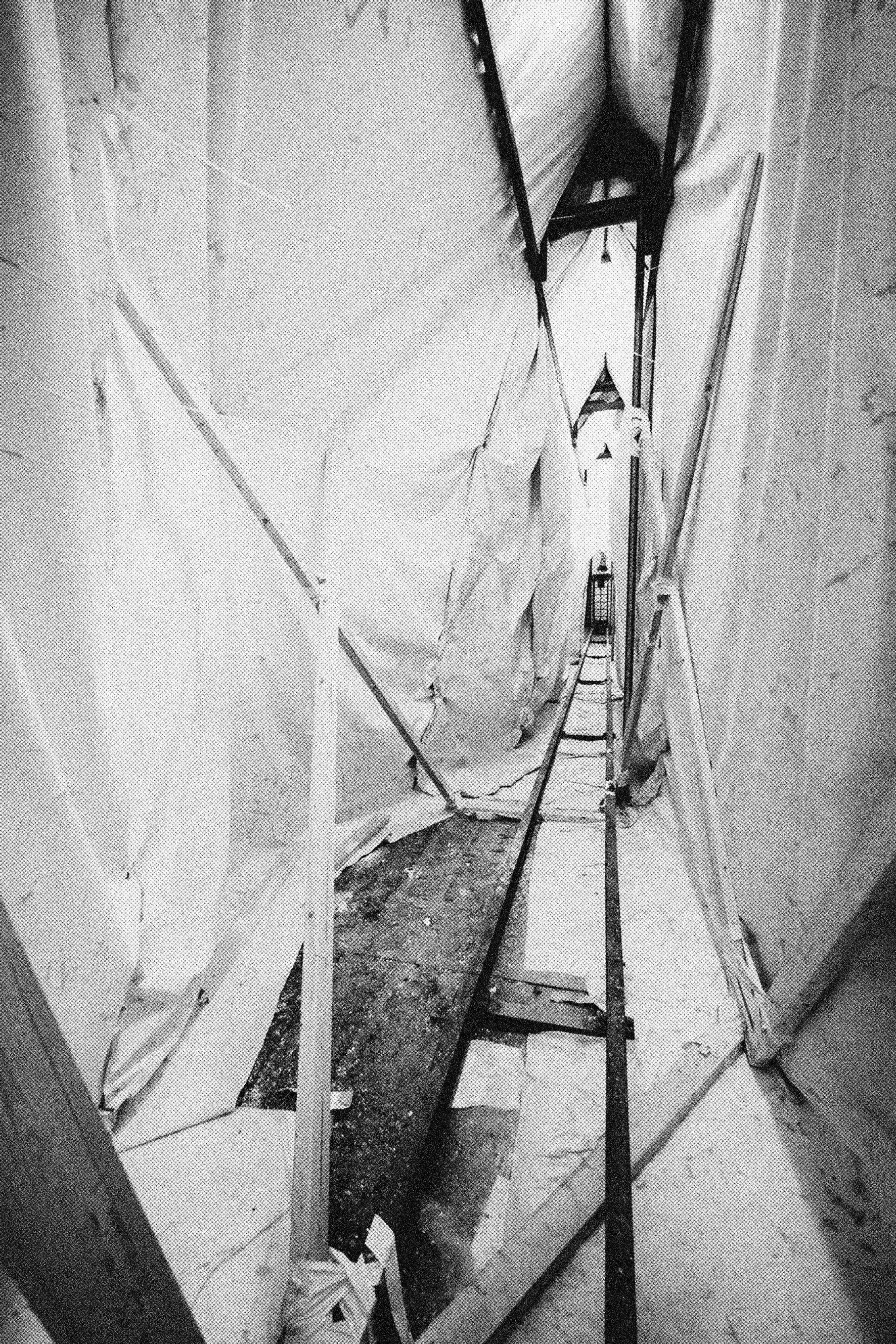
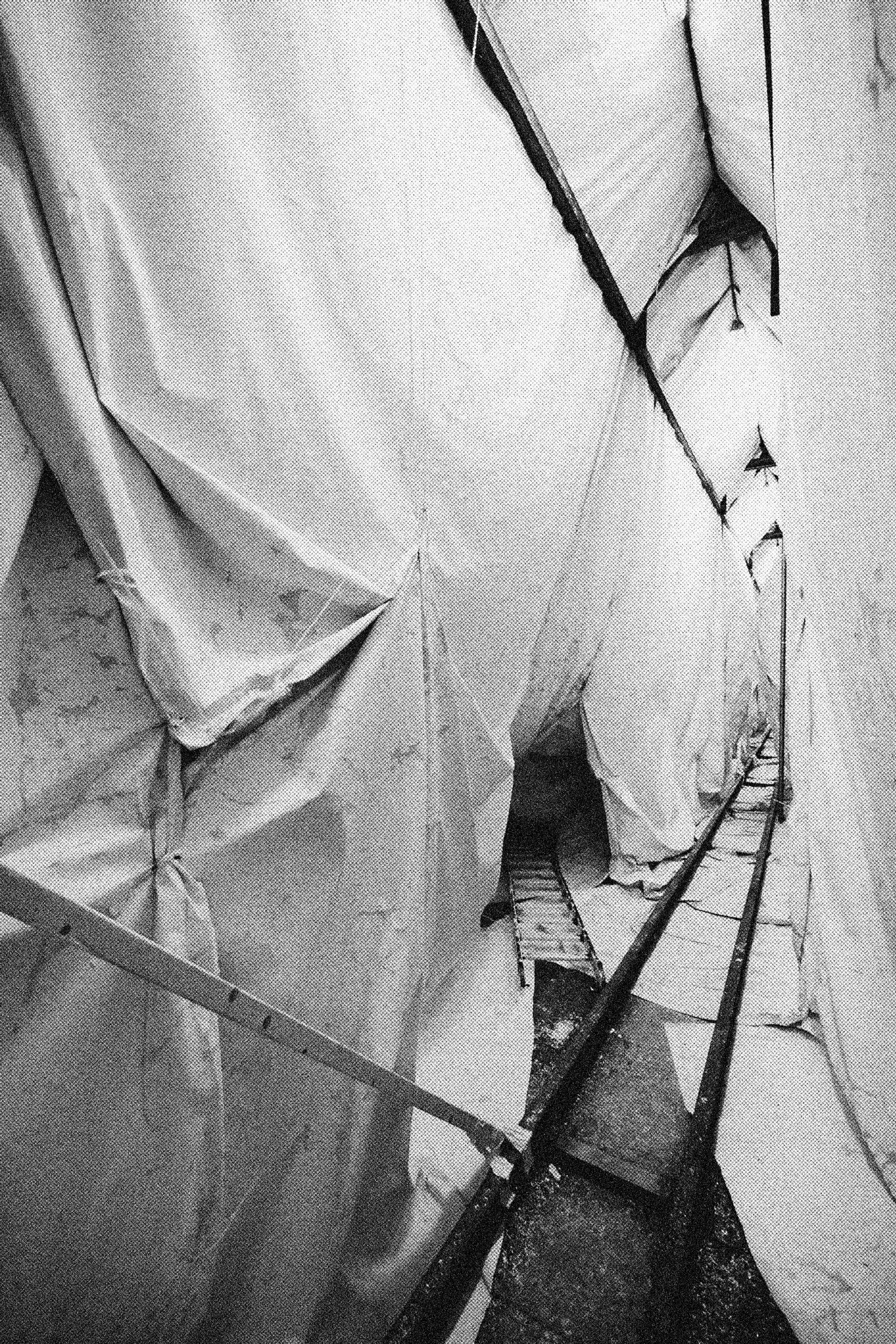
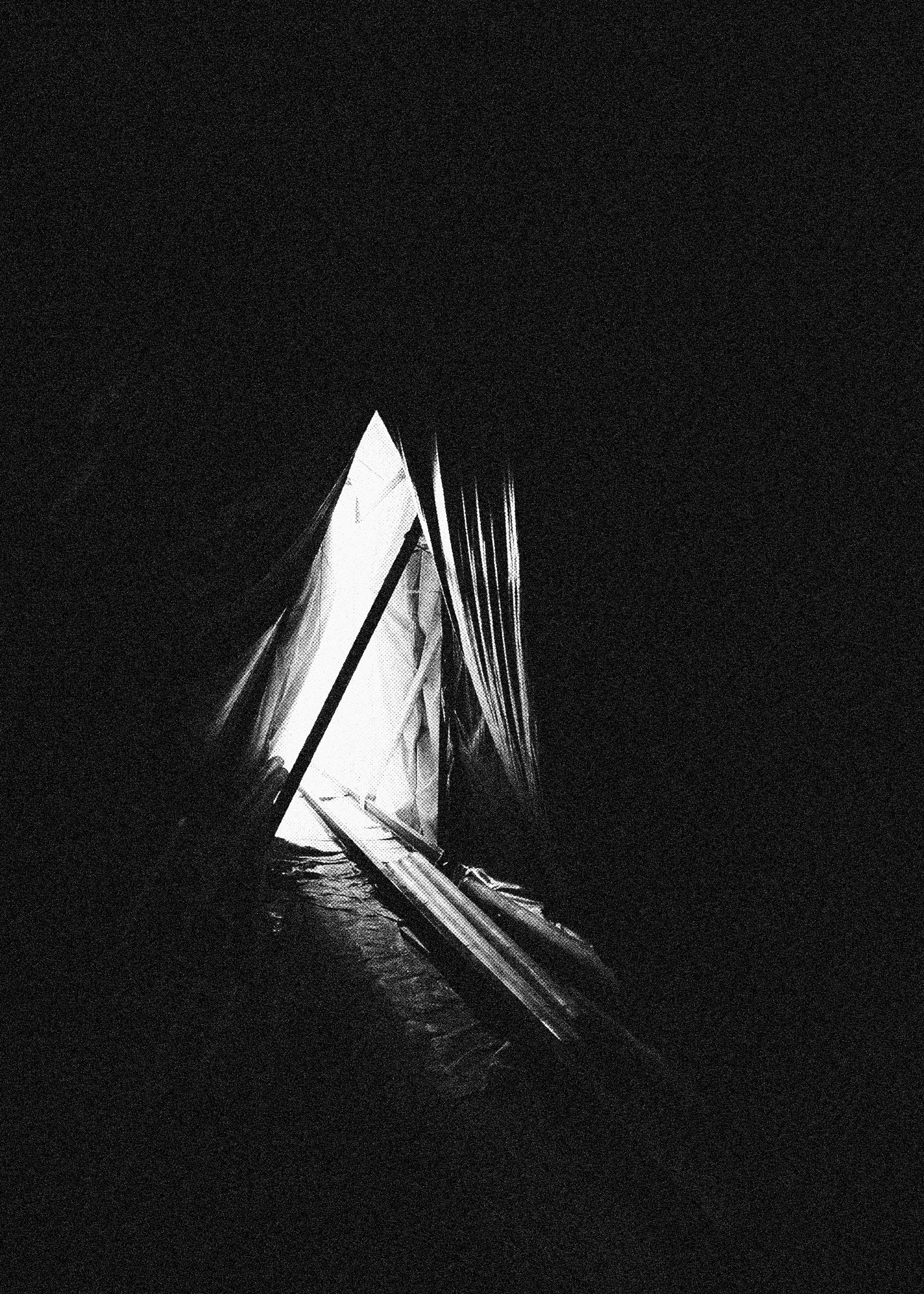
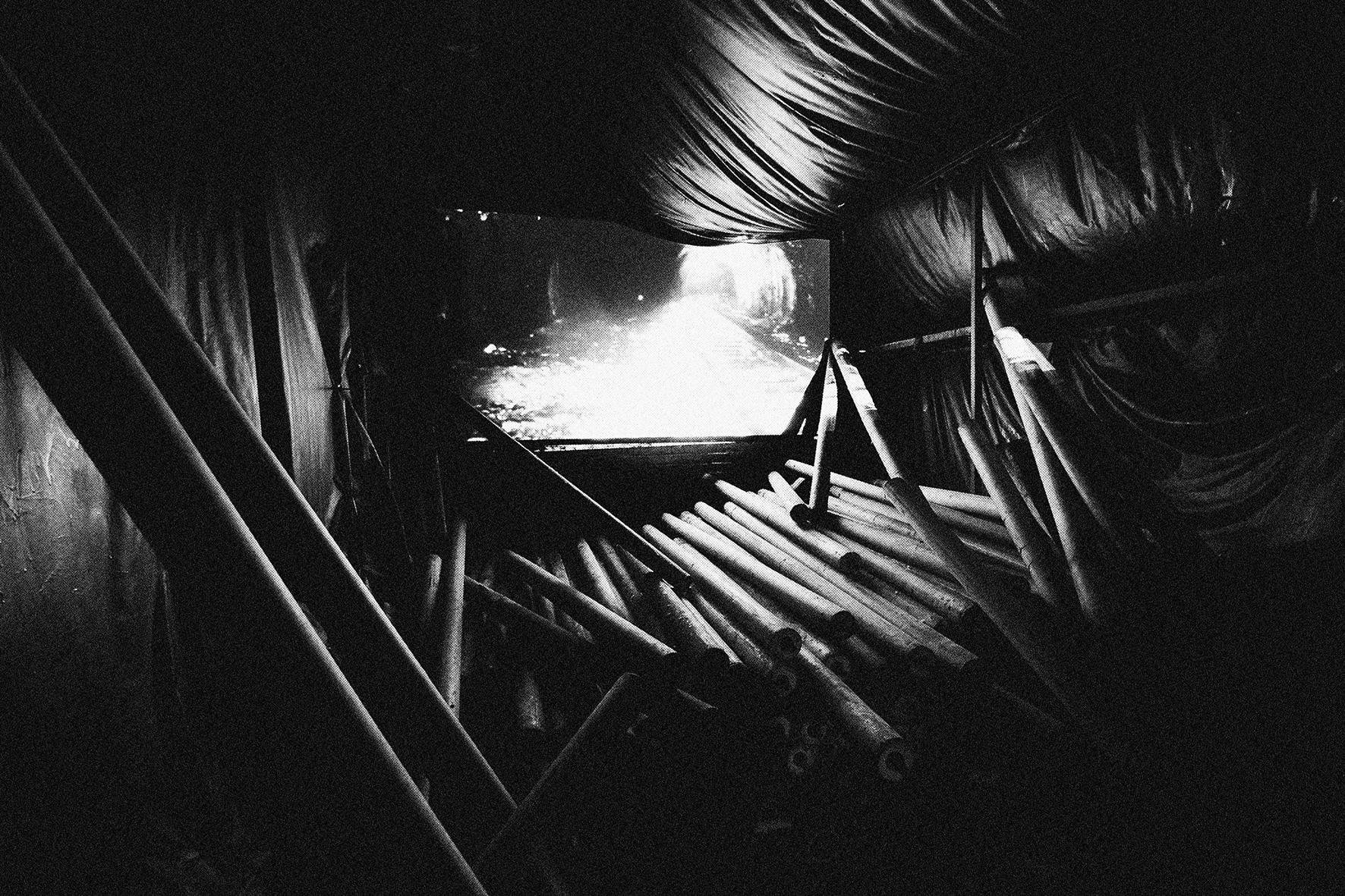
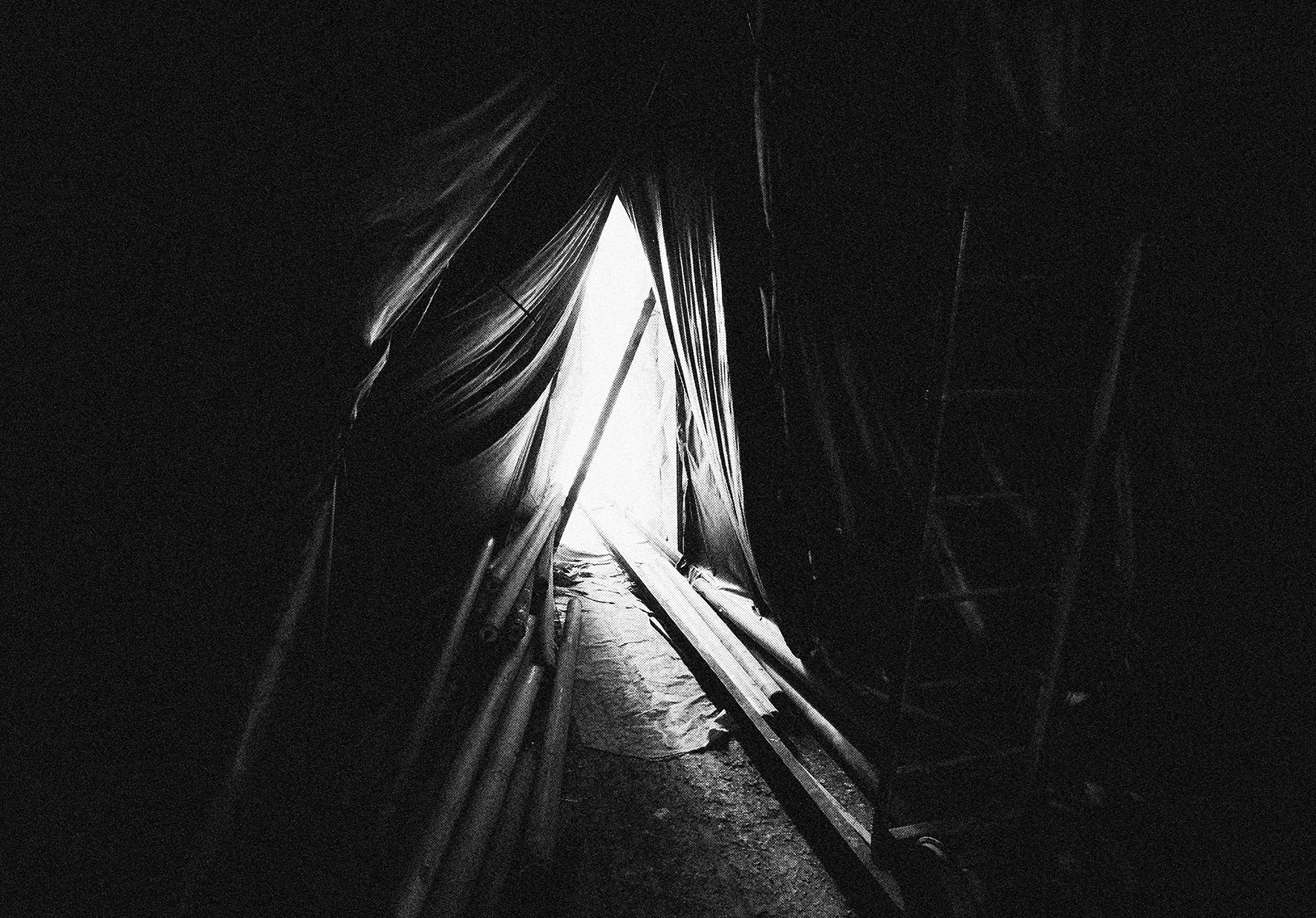
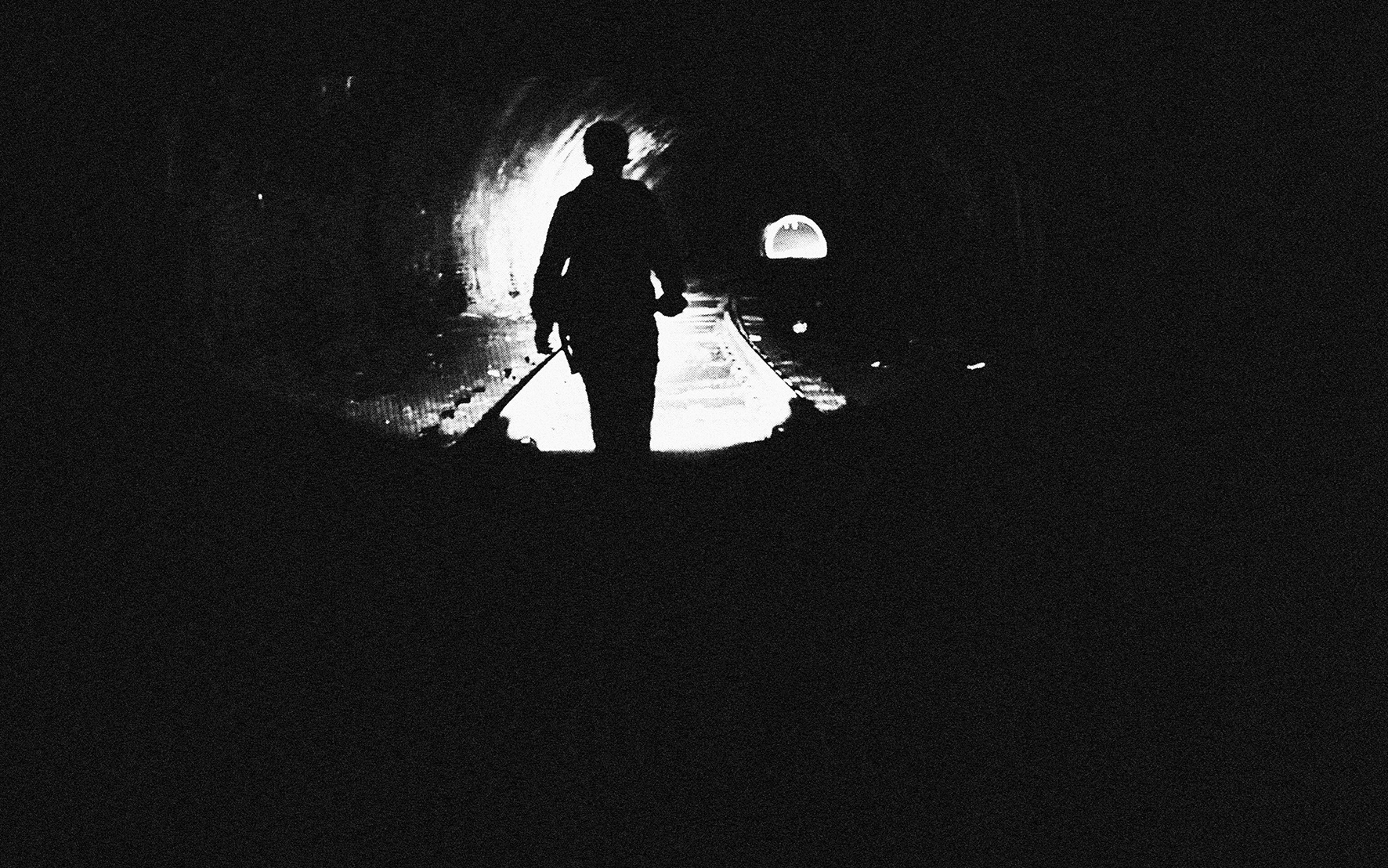
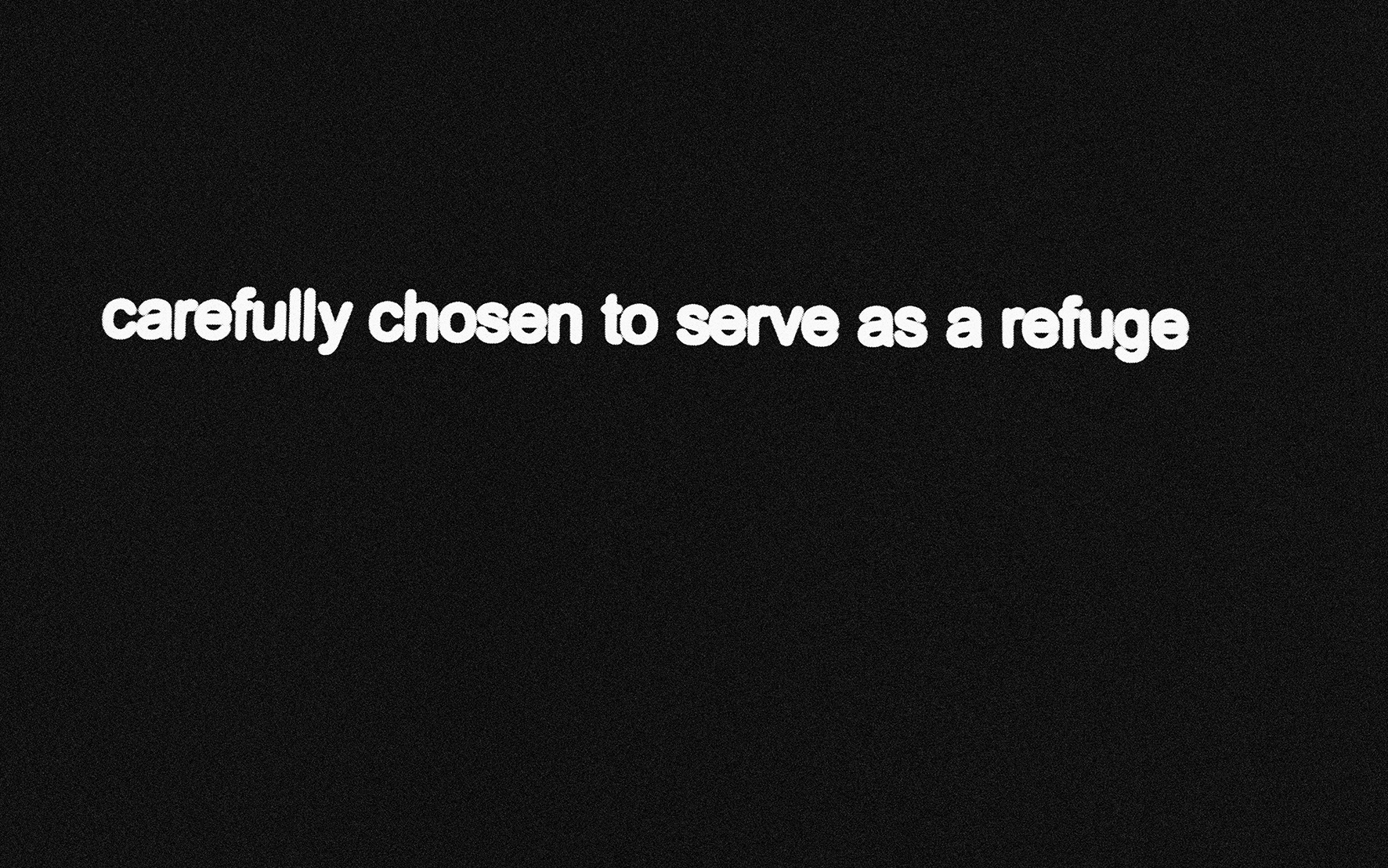
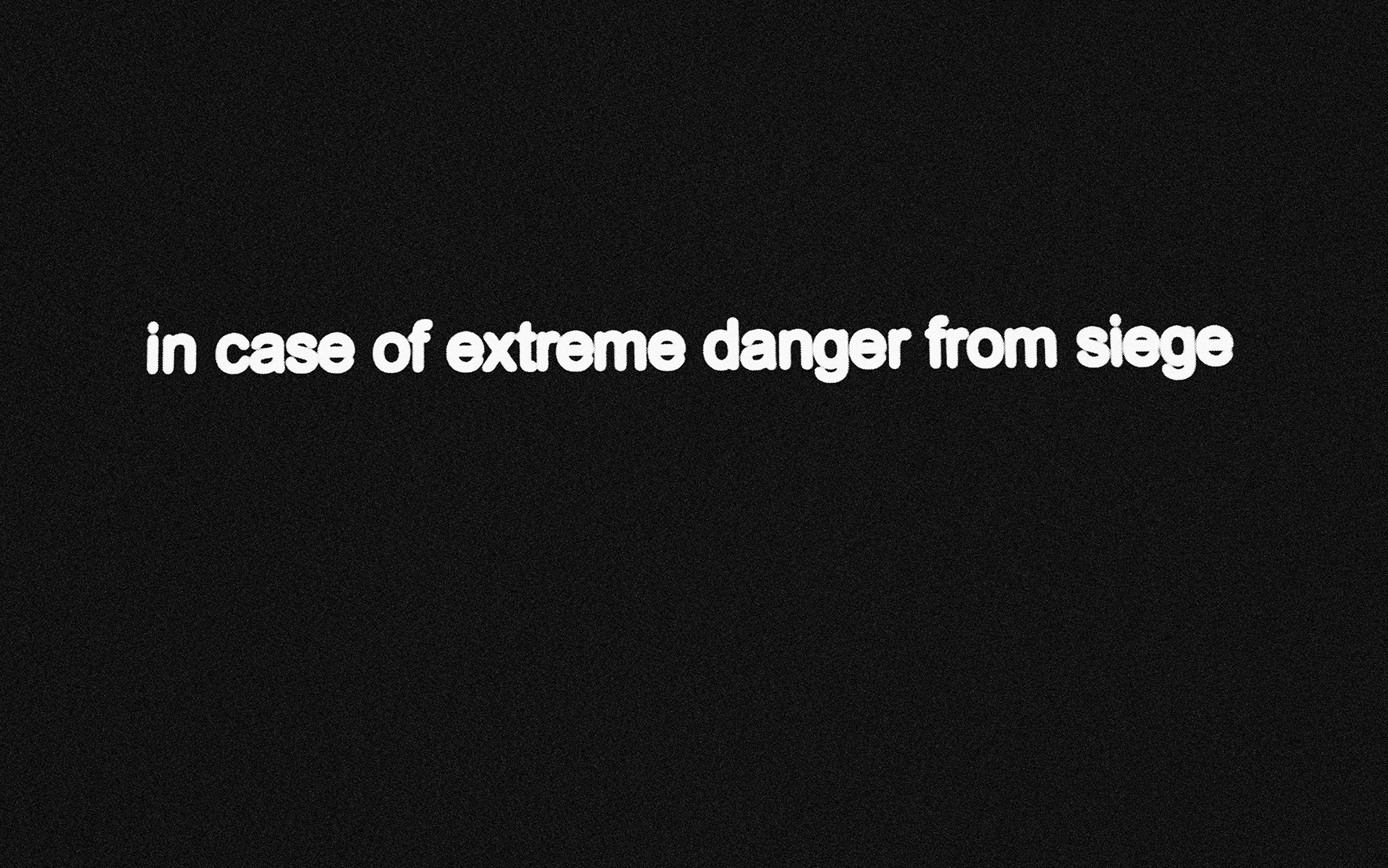
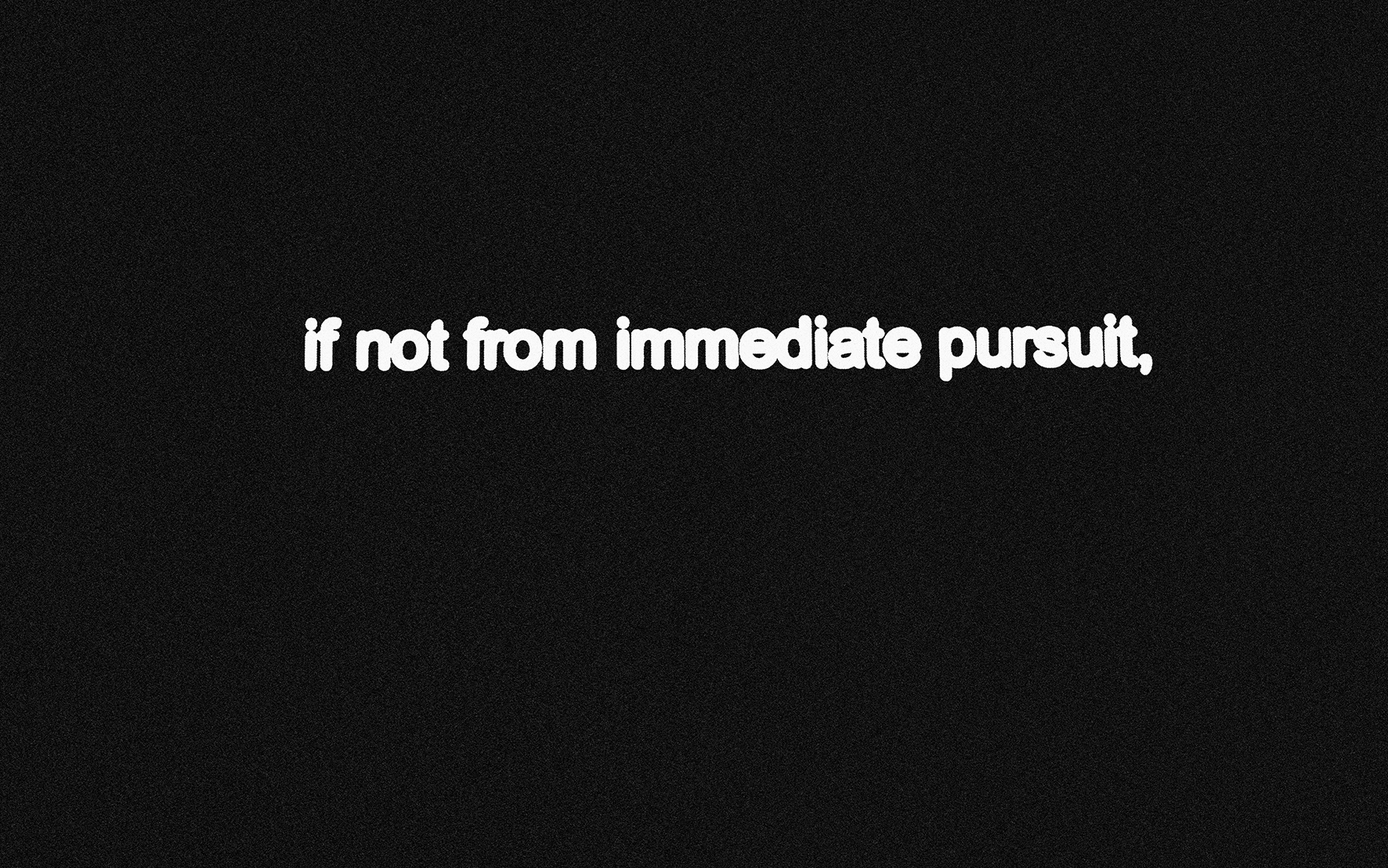
Philippe Van Wolputte was invited by the Be-Part project and Bruthaus gallery to create an installation in an old industrial site, the Claessens Artists’ Canvas factory in Waregem. It turned out to be the largest and most impressive site-specific intervention the artist has done up to the present day. It measures 45 m by 4 m and consists of approximately 1000 m² of painters’ canvas.
In the course of the past ten years, Van Wolputte has purposely searched for remote and often underground locations and tunnels for his installations. From his perspective, these are loci of escape in case of threat or danger; starting points from which to explore and transform or intervene in the public space. Van Wolputte mainly uses materials there on the spot – readily available, unsophisticated, left behind – for these ‘urban caves’. He recreates these places as an act of preservation, allowing them to be experienced anew. His projects aim to reclaim and hold on to what has often been singled out for demolition. The constructions are witnesses to an industrial past, imprints of bygone economic activities. So, the atmosphere in his installations is often unheimlich, uncanny. At the same time though, they are places of contemplation and isolation.
The title of the installation, ‘Fade-Outs’, refers to images in the memory of the artist, images of locations visited and lost. Mental imprints that wane and fade out, just like the places themselves. That is the reason the artist wants to recreate them. He holds on to the images in an attempt to mourn. Van Wolputte tries to revisit these lost refuges and draws the public’s attention back to them.
For the Fade-Outs show at Claessens’, Van Wolputte built an installation using a mixture of tunnels and corridors he had previously discovered and explored. It has been deliberately assembled in a rudimentary way, with a DIY aesthetic. Quickly crafted together, helter-skelter like the barricades left behind after a demolition that got out of hand; an improvised camp made from stuff left behind at the spot. Van Wolputte toys with the relics of previously visited tunnels: signposts of urban explorers in the catacombs of Paris, scaffolding left behind by construction workers at unfinished and derelict city developments.
At the end of the tunnel in Fade-Outs the light quite literally fades out. The tunnel ends in a larger, wider, space, where all light is absent. The visitor is in the dark. In this obscured ‘womb’ – a ‘dome’ according to the artist himself – a video is projected showing fading tunnels, taking with them the ghosts of workers toiling away. The images in the video of these corridors have been assembled in Van Wolputte’s signature print and collage technique, while the soundscape completes the uncannyness and shows the artist’s ‘noise’ prowess.
It is no coincidence that Van Wolputte created the Fade-Outs installation at Claessens’ Artists’ Canvas. Claessens is the global market leader in premium artist canvas. The buildings are typically one hundred years old, industrial workshops that have served the needs of renowned artists all over the world. The factory is simply an outstanding example of industrial archaeology.
Some of the ateliers are no longer in use because modern-day, cutting-edge products have replaced the handmade fabric of old. Many of these remain preserved as they were in the interbellum. It is in one of these that Van Wolputte has presented his installation. Here, in his own highly personal way, the artist loads meaning onto what was. This artistic intervention must be considered a key work in his as yet developing oeuvre. New meanings are created without using the original function of the venue in any obvious or literal way.
In Galerie Bruthaus in Waregem, Van Wolputte shows graphic interventions; images made during the construction at Claessens’. He overprints, scrapes, scours, scribbles and pastes scraps of other works to create unique screenprints, monotypes and photoassemblages. Memories of what once was. As an archive of documents relating to the temporary, short-lived installation, the graphic work amounts to an attempt to hold on to what will be wiped out.
Joris Van der Borght (2015)